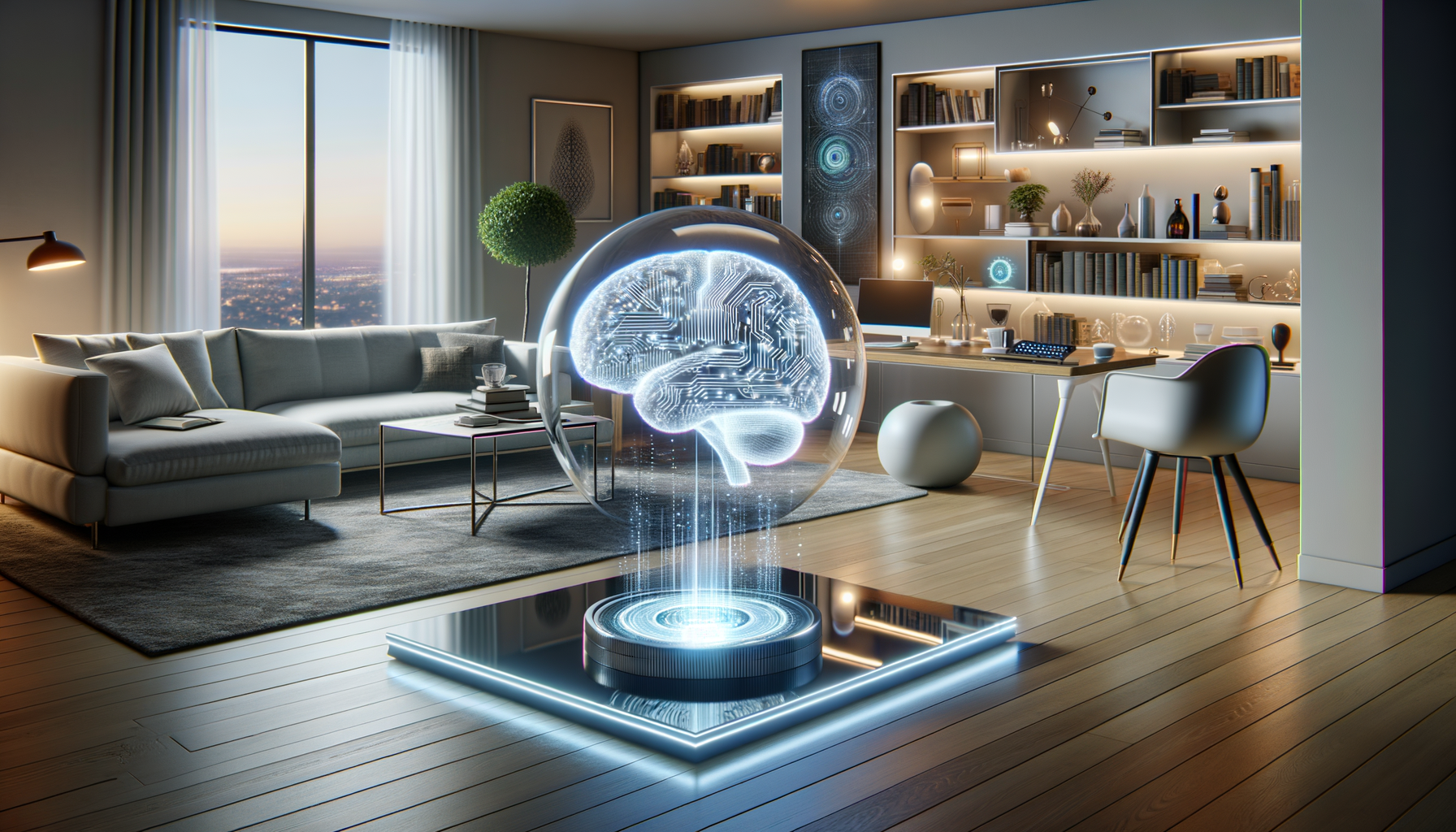Introduction to AI in Interior Design
Artificial Intelligence (AI) is reshaping numerous industries, and interior design is no exception. As technology advances, AI tools are becoming more sophisticated, offering unparalleled opportunities for personalizing and optimizing living spaces. AI-powered interior design tools analyze user preferences and provide tailored solutions that enhance both the functionality and aesthetics of a room. This transformation is making interior design more accessible, efficient, and innovative.
The Role of AI in Personalizing Design
One of the most significant advantages of AI in interior design is its ability to personalize spaces according to individual tastes and needs. AI algorithms can process vast amounts of data, including user preferences, lifestyle habits, and spatial dimensions, to create customized design plans. This personalized approach ensures that every element, from color palettes to furniture arrangement, aligns with the homeowner’s vision. AI tools can suggest design ideas that users might not have considered, offering fresh perspectives and innovative solutions.
For instance, AI can analyze a user’s favorite colors and suggest complementary shades that enhance the overall ambiance of a room. Additionally, AI can recommend furniture layouts that maximize space and improve traffic flow, ensuring that the design is both practical and visually appealing. This level of personalization is revolutionizing the way people approach interior design, making it easier for individuals to create spaces that truly reflect their personalities.
Efficiency and Time-Saving Benefits
AI-powered interior design tools offer significant efficiency and time-saving benefits. Traditional interior design processes can be time-consuming, involving numerous consultations, revisions, and trial-and-error approaches. In contrast, AI can streamline these processes by quickly generating design options based on user inputs. This allows homeowners to explore multiple design possibilities in a fraction of the time it would take using conventional methods.
Moreover, AI can automate various aspects of the design process, such as generating 3D models or visualizations. These tools enable users to see how different design elements will look in their space before making any physical changes. This not only saves time but also reduces the risk of costly mistakes. By providing a clear visual representation of the final design, AI helps users make informed decisions and feel more confident in their choices.
AI and Sustainable Design Practices
Incorporating AI into interior design also supports sustainable design practices. AI can analyze the environmental impact of different materials and suggest eco-friendly alternatives that align with the user’s design preferences. This is particularly important as more people seek to create sustainable and environmentally responsible living spaces.
AI tools can recommend energy-efficient lighting solutions, sustainable materials, and designs that optimize natural light and ventilation. By considering factors such as energy consumption and material sourcing, AI helps users make design choices that reduce their environmental footprint. This commitment to sustainability is becoming increasingly important in the interior design industry, as both designers and homeowners prioritize eco-friendly solutions.
The Future of AI in Interior Design
The future of AI in interior design is promising, with ongoing advancements expected to further enhance the capabilities of AI tools. As machine learning algorithms become more sophisticated, AI will be able to offer even more precise and innovative design solutions. The integration of augmented reality (AR) and virtual reality (VR) with AI is another exciting development, allowing users to experience their design ideas in a fully immersive environment.
Additionally, AI’s ability to learn and adapt over time means that it will continue to improve its recommendations based on user feedback and evolving design trends. This continuous learning process ensures that AI tools remain relevant and effective in meeting the changing needs of homeowners. As AI technology advances, it will play an increasingly integral role in shaping the future of interior design, offering endless possibilities for creativity and innovation.




Leave a Reply